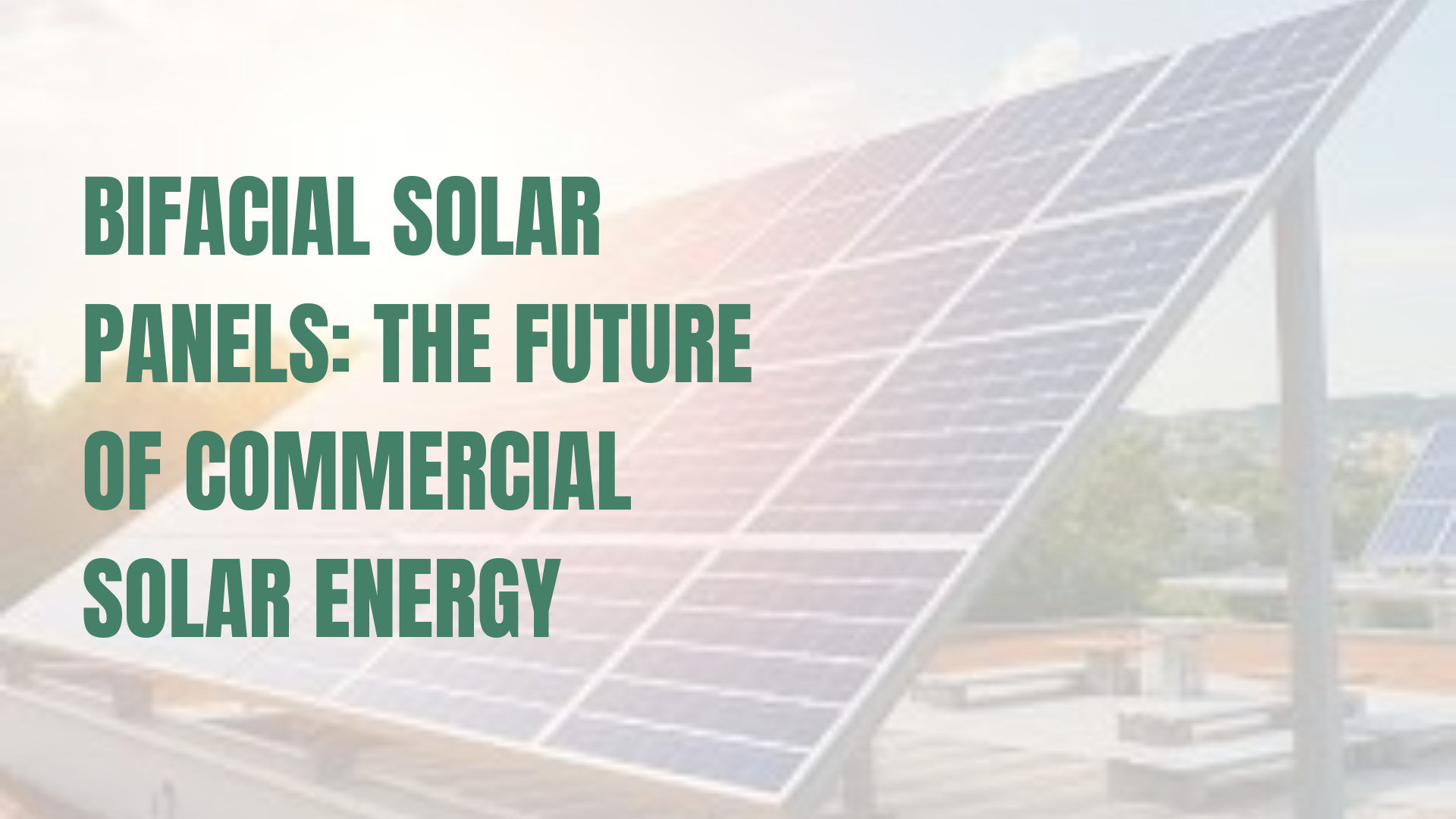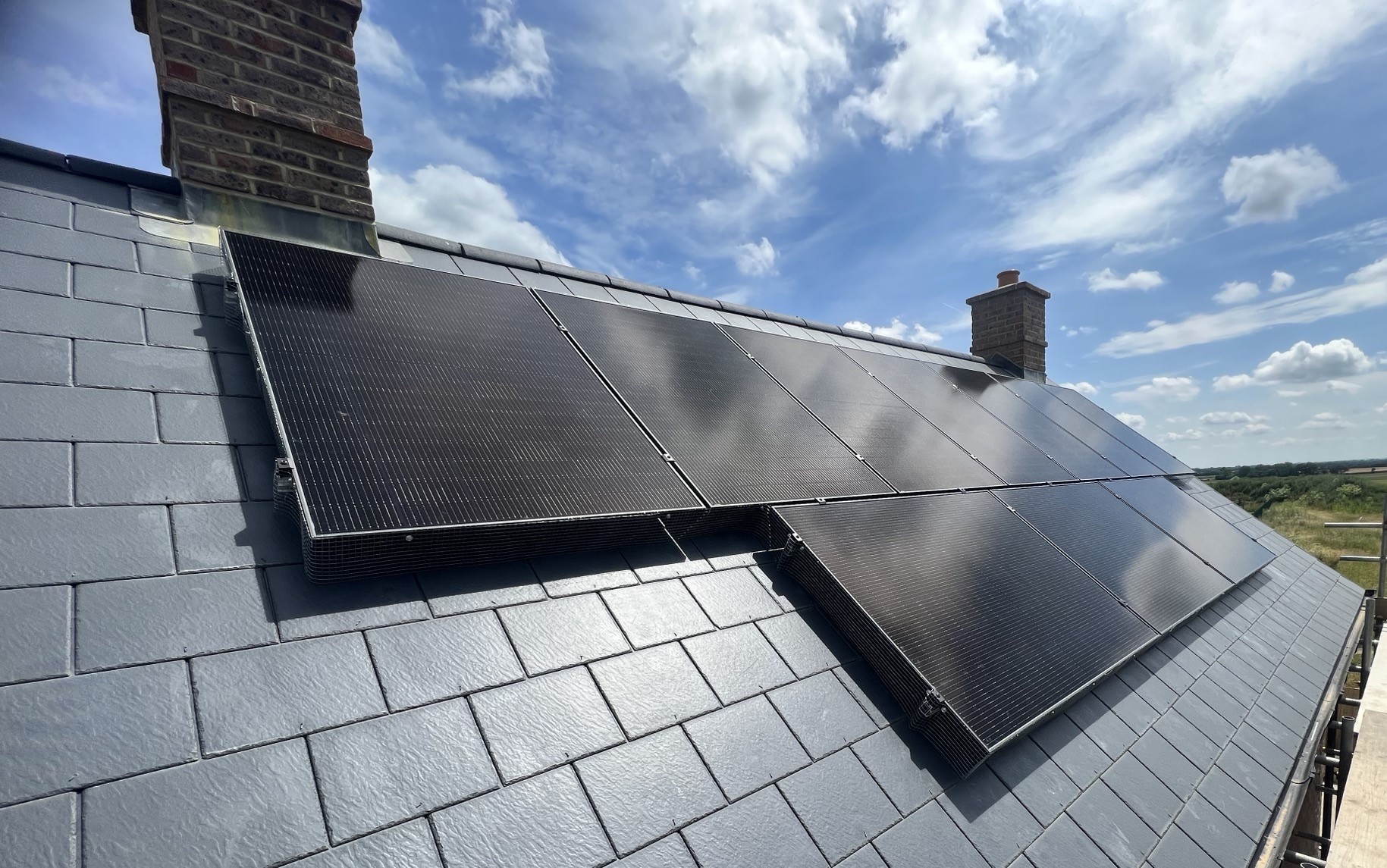Bifacial solar panels are a cutting edge solar technology that can help generate more electricity and save on electricity bills. Unlike traditional solar panels, bifacial panels produce electricity from both their front and rear surfaces, potentially increasing energy output by up to 45%. At SolarTherm UK, we offer expert advice and installations to help homeowners and businesses make the most of this innovative technology.
What Are Bifacial Solar Panels?
A bifacial solar panel is similar to a conventional solar panel but it’s designed to capture sunlight on both sides, while traditional panels only absorb light on the front surface, bifacial panels also capture sunlight on the rear. This dual-sided design makes them more efficient, particularly when installed on reflective surfaces like gravel, sand or prepared flat roofs.
How Do Bifacial Solar Panels Work?
Bifacial solar panels feature photovoltaic (PV) cells on both the front and back. Sunlight hitting the front of the panel generates electricity as usual, while light reflected from the ground or surrounding surfaces powers the rear cells. Many bifacial solar panels also include dual glass, improving sunlight transmission and weather resistance. This technology allows bifacial panels to capture more energy throughout the day, especially when installed with optimal tilt angles or sun-tracking systems.
Do Bifacial Solar Panels Generate More Electricity?
Research shows bifacial solar panels can produce 10-45% more electricity per panel compared to traditional solar PV panels. Your actual savings will depend on factors like system size, installation type, location and shading.
Installation Options for Bifacial Solar Panels
Bifacial panels can be installed on rooftops or ground mounted systems, however, their dual-sided design make them more ideal for ground mounted arrays in open fields or industrial sites, where reflected light can be maximised. Flat roofs can have light coloured surfaces enhanced and angle optimised for high efficiency and rear side generation. Sun-tracking systems can be paired with bifacial solar panels to automatically adjust tilt and follow the sun to boost energy output. While rooftop installations are possible, space and shading constraints often limit efficiency and therefore results compared to ground-mounted setups.
Are Bifacial Solar Panels Worth It?
While bifacial solar panels cost more upfront (typically 10-20% more than traditional solar panels) the increased efficiency and long term savings make them a smart investment for commercial properties.
At SolarTherm UK, we specialise in providing tailored solar solutions to maximise efficiency and savings. Whether you’re looking for residentials or commercial installations, our experts can guide you on the best solar solution for your property.
Get a free no obligation quote and design, tailored to your property, usage and future energy needs. No hard sell, just honest, expert advice.
Your home. Your energy. Your future.





